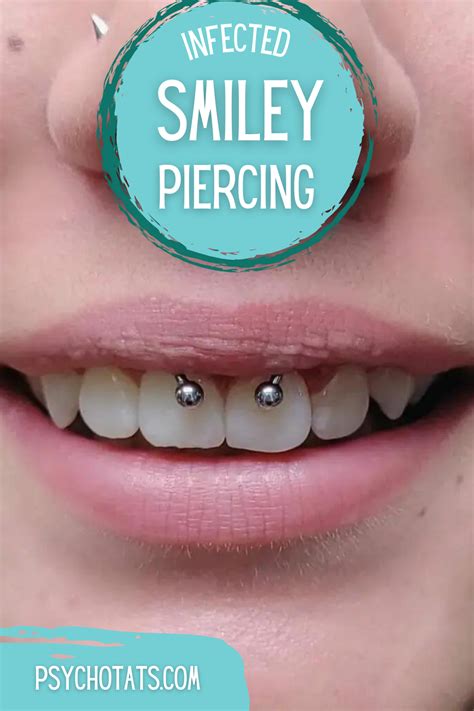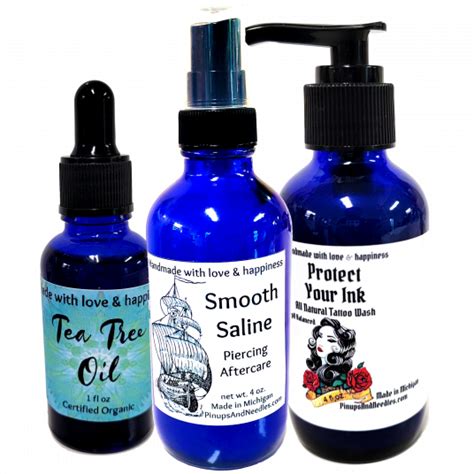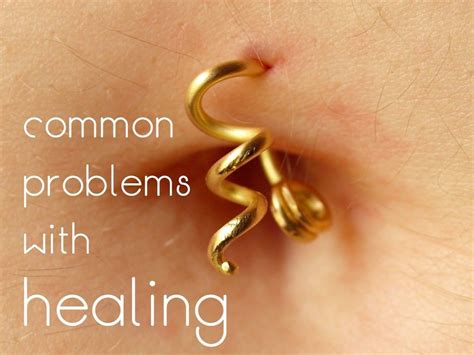Intro
Prevent piercing infections with proper aftercare. Learn 5 ways to minimize risks, promote healing, and avoid complications, ensuring a safe and healthy piercing experience with effective infection control and wound care techniques.
Getting a piercing can be an exciting experience, but it's essential to prioritize aftercare to prevent infections. Piercing infections can be painful, unsightly, and even lead to serious health complications if left untreated. In this article, we'll explore the importance of proper aftercare and provide you with valuable tips on how to prevent piercing infections.
Piercing infections can occur due to various reasons, including poor hygiene, inadequate aftercare, and low-quality piercing equipment. When you get a piercing, your skin is punctured, creating an open wound that's susceptible to bacterial invasion. If you don't take proper care of your piercing, bacteria can multiply, leading to infection. In severe cases, piercing infections can cause permanent scarring, nerve damage, or even life-threatening conditions like sepsis.
Preventing piercing infections requires a combination of good hygiene, proper aftercare, and awareness of potential risks. By understanding the causes of piercing infections and taking proactive steps to prevent them, you can enjoy your new piercing while minimizing the risk of complications. Whether you're a piercing novice or a seasoned enthusiast, it's crucial to stay informed about the best practices for aftercare and infection prevention.
Understanding Piercing Infections

Types of Piercing Infections
There are several types of piercing infections, each with distinct symptoms and treatment options. Some common types of piercing infections include: * Cellulitis: a bacterial infection that causes redness, swelling, and pain around the piercing site * Abscesses: a collection of pus that forms around the piercing site, often accompanied by fever and swelling * Folliculitis: an inflammation of the hair follicle, which can cause redness, itching, and pus around the piercing site * Keloid formation: a type of scarring that can occur when the piercing site is repeatedly irritated or infectedPreventing Piercing Infections

Aftercare Best Practices
Proper aftercare is essential for preventing piercing infections. Here are some best practices to follow: * Soak the piercing site in saline solution 2-3 times a day * Use a clean cotton ball or swab to apply saline solution, avoiding cross-contamination * Avoid using harsh chemicals, fragrances, or dyes on the piercing site * Keep the piercing site clean and dry, avoiding excessive moisture or humidity * Attend follow-up appointments with your piercer to ensure the piercing is healing properlyPiercing Aftercare Products

Choosing the Right Piercer
Choosing a reputable and experienced piercer is crucial for preventing piercing infections. Here are some tips to help you find a qualified piercer: * Research local piercing studios and read reviews from previous clients * Check the piercer's qualifications and experience, ensuring they have proper training and certification * Ask about the piercer's aftercare policies and procedures, ensuring they follow proper hygiene and sanitation protocols * Observe the piercer's equipment and workspace, ensuring they use sterile and disposable equipmentCommon Piercing Infection Symptoms

Treating Piercing Infections
If you suspect you have a piercing infection, it's essential to seek medical attention promptly. Here are some treatment options to consider: * Antibiotics: prescription medications that can help to clear up bacterial infections * Topical creams or ointments: over-the-counter or prescription creams that can help to reduce inflammation and promote healing * Warm compresses: applying a warm, damp compress to the piercing site to help bring out pus and reduce swelling * Piercing removal: in severe cases, removing the piercing jewelry and allowing the site to heal before re-piercingPiercing Infection Prevention Tips

Piercing Aftercare Checklist
Here's a handy checklist to help you stay on track with your piercing aftercare: * Clean the piercing site 2-3 times a day with saline solution * Apply topical creams or ointments as directed * Avoid touching or playing with the piercing * Keep the piercing site dry and clean * Attend follow-up appointments with your piercerConclusion and Next Steps

We hope this article has provided you with valuable insights and practical tips for preventing piercing infections. If you have any questions or concerns, please don't hesitate to reach out to a qualified piercer or medical professional. Share this article with your friends and family to help spread awareness about piercing infection prevention, and don't forget to follow us for more informative content on piercings and body modification.
What are the most common causes of piercing infections?
+Piercing infections can be caused by a variety of factors, including bacterial, viral, or fungal invasions. The most common causes of piercing infections are poor hygiene, inadequate aftercare, and low-quality piercing equipment.
How can I prevent piercing infections?
+Preventing piercing infections requires a combination of good hygiene, proper aftercare, and awareness of potential risks. Wash your hands thoroughly before touching your piercing, use saline solution or soap to clean the piercing site, and avoid touching or playing with your piercing.
What are the symptoms of piercing infections?
+Recognizing the symptoms of piercing infections is essential for prompt treatment and prevention of complications. Common symptoms of piercing infections include redness, swelling, or inflammation around the piercing site, pus, discharge, or bleeding from the piercing site, and fever, chills, or flu-like symptoms.
How can I treat piercing infections?
+If you suspect you have a piercing infection, it's essential to seek medical attention promptly. Treatment options may include antibiotics, topical creams or ointments, warm compresses, and piercing removal. It's crucial to follow the advice of a qualified medical professional to ensure proper treatment and prevent complications.
Can I prevent piercing infections by using certain products?
+Using the right aftercare products can help prevent piercing infections and promote healthy healing. Look for products that are specifically designed for piercing aftercare, such as saline solution, soap, and topical creams or ointments. Avoid using harsh chemicals, fragrances, or dyes on the piercing site, as these can irritate the skin and increase the risk of infection.
